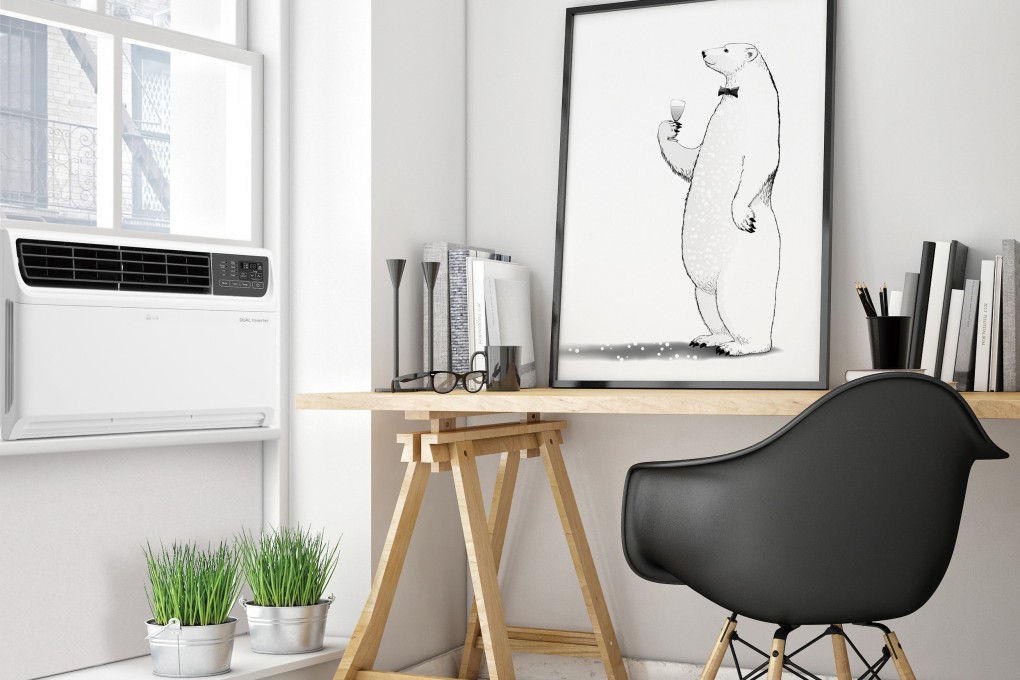Cool running: hi-tech ideas pull plug on air conditioners that add to global warming
- Researchers in Singapore develop water-based cool and dry air system that does away with harmful chemical refrigerants
- Major brands race to offer hi-tech efficient offerings, while smart glass blocks out excessive sunlight to keep the temperature constant

If they’re not already switched on, air conditioners will soon be cranking up across the city. Hongkongers might be borderline addicted to cooling the indoor air temperature, but it’s an environmentally indulgent habit.
A report by Rocky Mountain Institute, a United States sustainability think tank, says comfort cooling represents one of the largest end-use risks to our climate, with the residential sector alone set to account for an increase in global temperatures of more than 0.5 degrees Celsius (32.9 degrees Fahrenheit) by 2100.
Under a business-as-usual growth trajectory, the number of room air conditioner units in service is estimated to increase from 1.2 billion units today to 4.5 billion units by 2050. Much of this rise comes from emerging economies, where the uptake is expected to be five times the current rate.
Out with the old, in with the new…
No one wants to swelter through a tropical summer in the city, but Ernest Chua, associate professor at the National University of Singapore, says the big problem is that today’s most popular air conditioners use a 117-year-old technology.
“This approach, invented by Willis Carrier in 1902, is very energy-intensive and environmentally harmful; something has to change,” he says.
